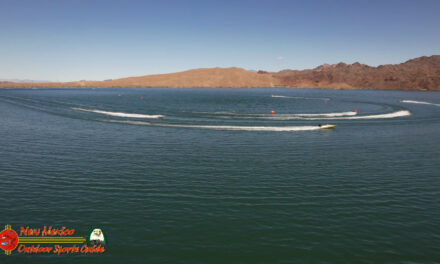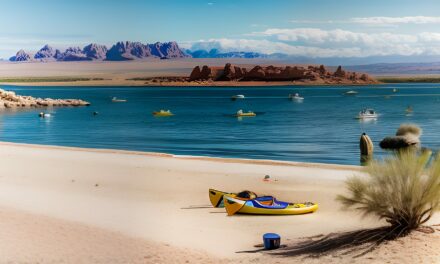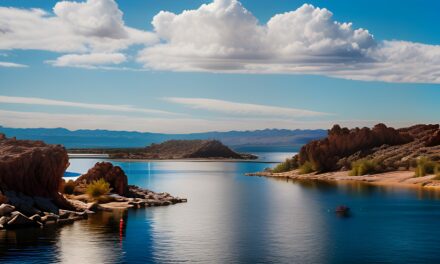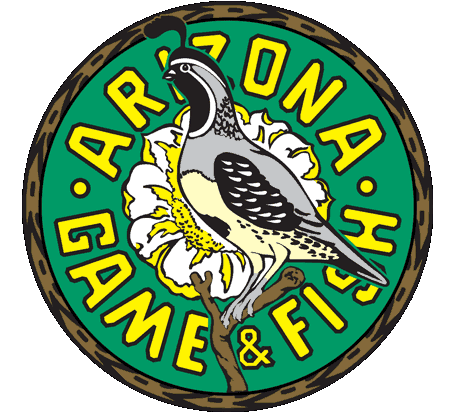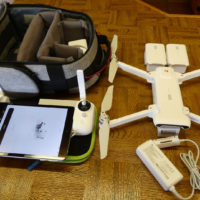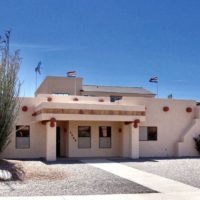Critical Land Acquired for Government Canyon State Natural Area – Lake Havasu
SAN ANTONIO — The recent acquisition of 421 acres of significant endangered-species land increases the total acreage of the Government Canyon State Natural Area in San Antonio to 8,622 acres.
The acquisition, announced Feb. 3 by The Trust for Public Land, is part of a 12-year effort by the Texas Parks and Wildlife Department, local agencies, residents and conservation groups to protect land located over the Edwards Aquifer, which is the primary source of drinking water for the City of San Antonio. Government Canyon provides a remarkable recreation destination for area-residents and is scheduled to open on June 4.
The property, known as Canyon Ranch, is crucial to the completion of the state natural area because it is situated between two properties previously acquired by TPL. The property is also extremely important for the protection of nine federally-listed endangered invertebrate species, including three small eyeless beetles, a small eyeless harvestman, and five other small spiders, including the Madla’s cave spider.
“TPL is pleased to be a partner in the effort to preserve Canyon Ranch,” said Amy Wanamaker, TPL project manager. “It is a treasure-trove of native plants and wildlife.”
Approximately 70 percent of the property will be owned by TPWD. The City of San Antonio and the San Antonio Water System will each own 15 percent of the property. TPWD will manage the 421-acre site.
“This is an example of how working together we can do great conservation projects for the people of Texas that we could not have achieved alone,” said Walt Dabney, TPWD’s director of state parks. “It is one more component of a longstanding partnership between TPWD and TPL in the conservation of urban-fringe landscapes and high-value habitat in San Antonio.”
TPWD applied for and secured a $3.5 million U.S. Fish and Wildlife Service Habitat Conservation Plan Land Acquisition Grant that included a funding match from the City of San Antonio and SAWS. The local funding came through the City of San Antonio’s Proposition 3 Program that authorized a 1/8 cent sales tax increment to locate and purchase undeveloped land in the Edwards Aquifer’s recharge and contributing zones as a means of protecting the aquifer from pollution.
“We are appreciative to all of the folks that have worked so hard to make this happen,” said Bob Pine, administrator for the Austin Ecological Services Field Office of the U.S. Fish and Wildlife Service. “Preserving Canyon Ranch will not only safeguard the Edwards Aquifer, but also will help a number of endangered species.”
U.S. Senators Kay Bailey Hutchison and John Cornyn and U.S. Representatives Henry Bonilla and Pete Sessions were extremely supportive of the federal grant.
This acquisition is also part of the Edwards Aquifer Land Acquisition and Park Expansion Program for permanent protection of the city’s drinking water. TPL has pursued projects associated within the Edwards Aquifer Recharge Zone since 1990, protecting more than 11,500 acres over the Aquifer.
“We are so delighted to have acquired this property to protect the Edwards Aquifer,” said former San Antonio City Council member Bonnie Conner, who represents District 4 as a member of the Edwards Aquifer Authority Board of Directors. “This is a significant accomplishment made possible by the citizens of San Antonio through their vote in 2000.” – Lake Havasu
Read More

 – Lake Havasu
– Lake Havasu – Lake Havasu
– Lake Havasu
